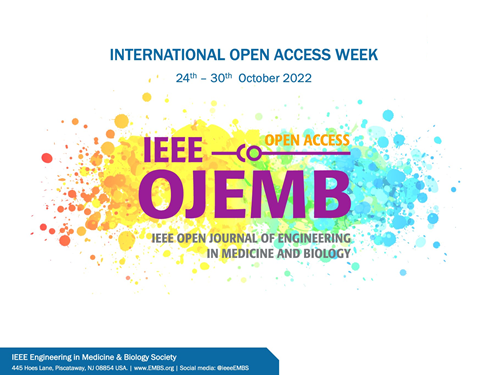Passive Radar Sensing for Human Activity Recognition: A Survey
IF 2.9
Q3 ENGINEERING, BIOMEDICAL
IEEE Open Journal of Engineering in Medicine and Biology
Pub Date : 2024-06-28
DOI:10.1109/OJEMB.2024.3420747
引用次数: 0
Abstract
Continuous and unobtrusive monitoring of daily human activities in homes can potentially improve the quality of life and prolong independent living for the elderly and people with chronic diseases by recognizing normal daily activities and detecting gradual changes in their conditions. However, existing human activity recognition (HAR) solutions employ wearable and video-based sensors, which either require dedicated devices to be carried by the user or raise privacy concerns. Radar sensors enable non-intrusive long-term monitoring, while they can exploit existing communication systems, e.g., Wi-Fi, as illuminators of opportunity. This survey provides an overview of passive radar system architectures, signal processing techniques, feature extraction, and machine learning's role in HAR applications. Moreover, it points out challenges in wireless human activity sensing research like robustness, privacy, and multiple user activity sensing and suggests possible future directions, including the coexistence of sensing and communications and the construction of open datasets.用于人类活动识别的无源雷达传感:调查
通过识别正常的日常活动并检测其状况的逐渐变化,对家庭中的日常人类活动进行持续、不显眼的监测,有可能提高老年人和慢性病患者的生活质量并延长其独立生活的时间。然而,现有的人类活动识别(HAR)解决方案采用的是可穿戴式和基于视频的传感器,这些传感器要么需要用户携带专用设备,要么会引发隐私问题。雷达传感器可以实现非侵入式的长期监测,同时还可以利用现有的通信系统(如 Wi-Fi )作为机会照明器。本研究概述了无源雷达系统架构、信号处理技术、特征提取以及机器学习在 HAR 应用中的作用。此外,它还指出了无线人类活动传感研究面临的挑战,如鲁棒性、隐私和多用户活动传感,并提出了未来可能的发展方向,包括传感与通信的共存以及开放数据集的构建。
本文章由计算机程序翻译,如有差异,请以英文原文为准。
求助全文
约1分钟内获得全文
求助全文
来源期刊

IEEE Open Journal of Engineering in Medicine and Biology
ENGINEERING, BIOMEDICAL-
CiteScore
9.50
自引率
3.40%
发文量
20
审稿时长
10 weeks
期刊介绍:
The IEEE Open Journal of Engineering in Medicine and Biology (IEEE OJEMB) is dedicated to serving the community of innovators in medicine, technology, and the sciences, with the core goal of advancing the highest-quality interdisciplinary research between these disciplines. The journal firmly believes that the future of medicine depends on close collaboration between biology and technology, and that fostering interaction between these fields is an important way to advance key discoveries that can improve clinical care.IEEE OJEMB is a gold open access journal in which the authors retain the copyright to their papers and readers have free access to the full text and PDFs on the IEEE Xplore® Digital Library. However, authors are required to pay an article processing fee at the time their paper is accepted for publication, using to cover the cost of publication.
 求助内容:
求助内容: 应助结果提醒方式:
应助结果提醒方式:


